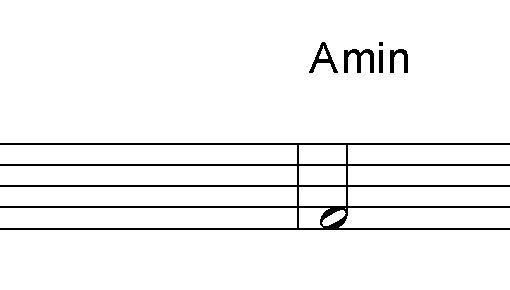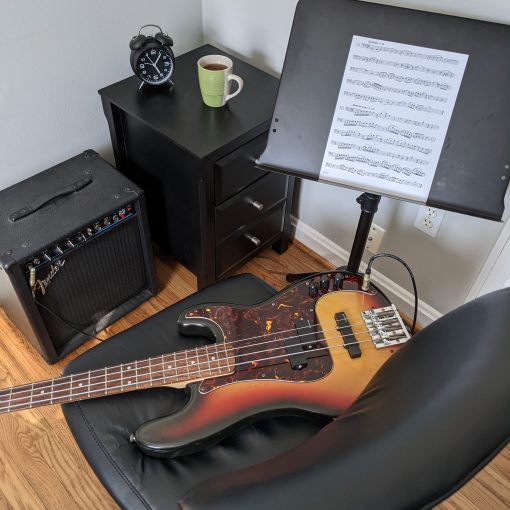Level: intermediate
No part of this lesson may be copied, reproduced, or distributed in any form without consent of the author. Copyright © Doug Ross, all rights reserved.
Most bassists are familiar with basic chord types, since we use basic R-3-5-7 chord tones for building bass lines all the time. You may also be aware that different chords can sometimes be substituted for each other. But for some reason, it seems that a lot of bass players deem chord substitution to be the exclusive realm of guitarists, keyboardists and horn players, and neglect to explore this rich harmonic territory.
Chord substitution is a big topic and the possibilities are vast, but for starters, I’d like to introduce you to one of the most commonly used examples, the tritone sub. Let’s look at two seemingly unrelated chords, C7 and Gb7:

These chords come from two completely different keys and are built off of roots a tritone (3 whole steps) apart. That’s as far apart as you can be, musically speaking! But, interestingly, they share two notes in common. E is the 3rd of C7 and the 7th of Gb7. Bb is the 7th of C7 and the 3rd of Gb7. The 3rd and 7th of any chord are essential to establishing chord quality, so these two chords actually sound very similar. Try playing both chords on piano or guitar and you’ll hear how similar they sound.
Also, the G in the C7 chord sounds like a flat 9th against Gb7, and the Db in the Gb7 is a flat 9th in relation to C7. b9 is one of the most common extensions on a dominant chord, so this makes the substitution even more effective. You don’t have to think about all of this when you substitute dominant 7 chords, just move your root a tritone away and you’re good to go! You can find any tritone sub quickly by moving up one fret and up one string. Or you can also go down one fret and down one string. Easy! Here’s a simple example on a bluesy bass line:

You’ve probably heard this kind of device in bass lines before. Maybe you’ve even played some tritone subs without knowing what they were! It’s very common for bassists to substitute the roots of dominant chords this way. But remember, the whole chord works as a sub, so try also including some of the other notes to perk up people’s ears once in a while:

In the above example, Db7 is a tritone sub for G7 during part of the third bar. Please bear in mind that tritone substitutions create very strong tension and only work on dominant chords, so use them with discretion.


